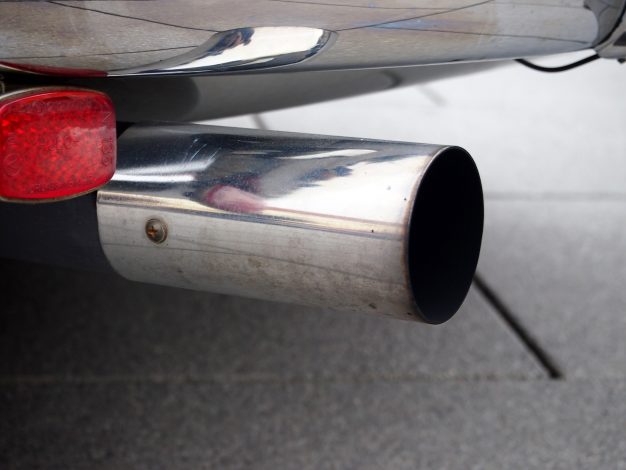
Cities in Spain, Italy and France have biggest air pollution in Europe – study
Large cities in Spain, Belgium, Italy and France have the highest burden of deaths in Europe associated with toxic nitrogen dioxide fumes that typically come from road traffic.
These are among the key conclusions of a health impact study led by researchers at the Barcelona Institute for Global Health (ISGlobal) which, for the first time, estimated the mortality burden attributable to air pollution in more than 1,000 European cities.
Published in The Lancet Planetary Health journal, the study includes a ranking of the European cities with the highest rates of mortality attributable to each of the two air pollutants studied: fine particulate matter (PM2.5) and nitrogen dioxide (NO2).
The World Health Organization (WHO) says that air pollution kills an estimated seven million people worldwide every year, and that nine out of 10 people breathe air that exceeds WHO guideline limits containing high levels of pollutants, with children among the highest risk groups susceptible to these toxic fumes.
The 10 cities with the highest mortality burden for nitrogen dioxide emissions are:
- Madrid
- Antwerp
- Turin
- Paris
- Milan
- Barcelona
- Mollet de Vallès (Spain)
- Brussels
- Herne (Germany)
- Argenteuil-Bezons (France)
‘Even more deaths could be prevented’
The research project was also carried out with researchers from the Swiss Tropical and Public Health Institute (Swiss TPH) and Utrecht University. It showed that 51,000 and 900 premature deaths could be prevented each year, respectively, if all the cities analysed were to achieve the PM2.5 and NO2 levels recommended by the World Health Organisation (WHO). However, if all of the cities were to match the air-quality levels of the least polluted city on the list, even more deaths could be prevented.
Specifically, the number of premature deaths that could be prevented each year by reducing PM2.5 and NO2 concentrations to the lowest measured levels are 125,000 and 79,000, respectively.
After estimating the preventable premature deaths in each city, the research team ranked the cities by mortality burden for each of the two pollutants studied. ISGlobal researcher Sasha Khomenko, lead author of the study, said: “We observed great variability in the results for the different cities analysed. The highest rates of mortality attributable to NO2, a toxic gas associated primarily with motor-vehicle traffic, were found in large cities in countries such as Spain, Belgium, Italy and France.”
In December a coroner at an inquest in London ruled that Ella Kissi-Debrah, aged just nine, had officially died of acute respiratory failure, severe asthma and, possibly for the first time ever worldwide, air pollution exposure.
‘We observed great variability in the results’
For PM2.5, the cities with the highest mortality burden were in Italy’s Po Valley, southern Poland and the eastern Czech Republic. This is because suspended particulate matter is emitted not only by motor vehicles but also by other sources of combustion,including industry, household heating, and the burning of coal and wood,” added Khomenko.
“The highest percentage of natural mortality that could be attributed to fine particulate matter was 15 per cent, in the city of Brescia. With regard to nitrogen dioxide, the highest percentage – up to seven per cent of natural mortality – was found in the Madrid metropolitan area,” explained Khomenko. At the opposite end of the ranking are the cities with the lowest rates of mortality attributable to air pollution, a privileged position occupied by northern European cities in both the PM2.5 and NO2 rankings.
Mark Nieuwenhuijsen, senior author of the study and director of the Urban Planning, Environment and Health Initiative at ISGlobal, said: “This is the first study to estimate the mortality burden attributable to air pollution at the city level in Europe. Our findings support the evidence suggesting that there is no safe exposure threshold below which air pollution is harmless to health.”
The results, he added, also suggest that the European legislation currently in force ‘does not do enough to protect people’s health’. “Therefore, the maximum NO2 and PM2.5 levels allowed by law should be revised. We hope that local authorities can use these data to implement urban and transport planning policies aimed at improving people’s health.”
Click here for more information on WHO guidelines about toxic emissions.




